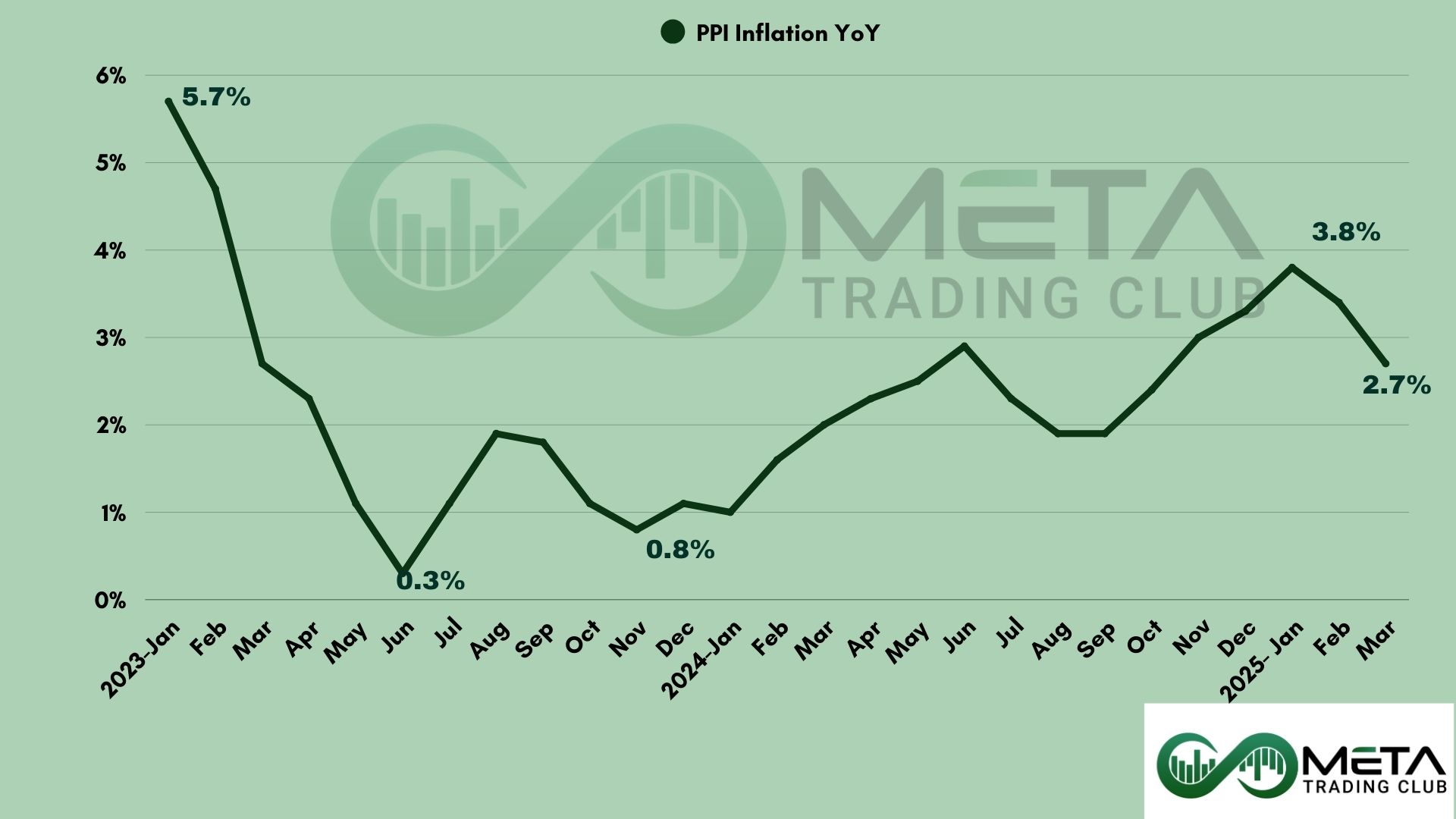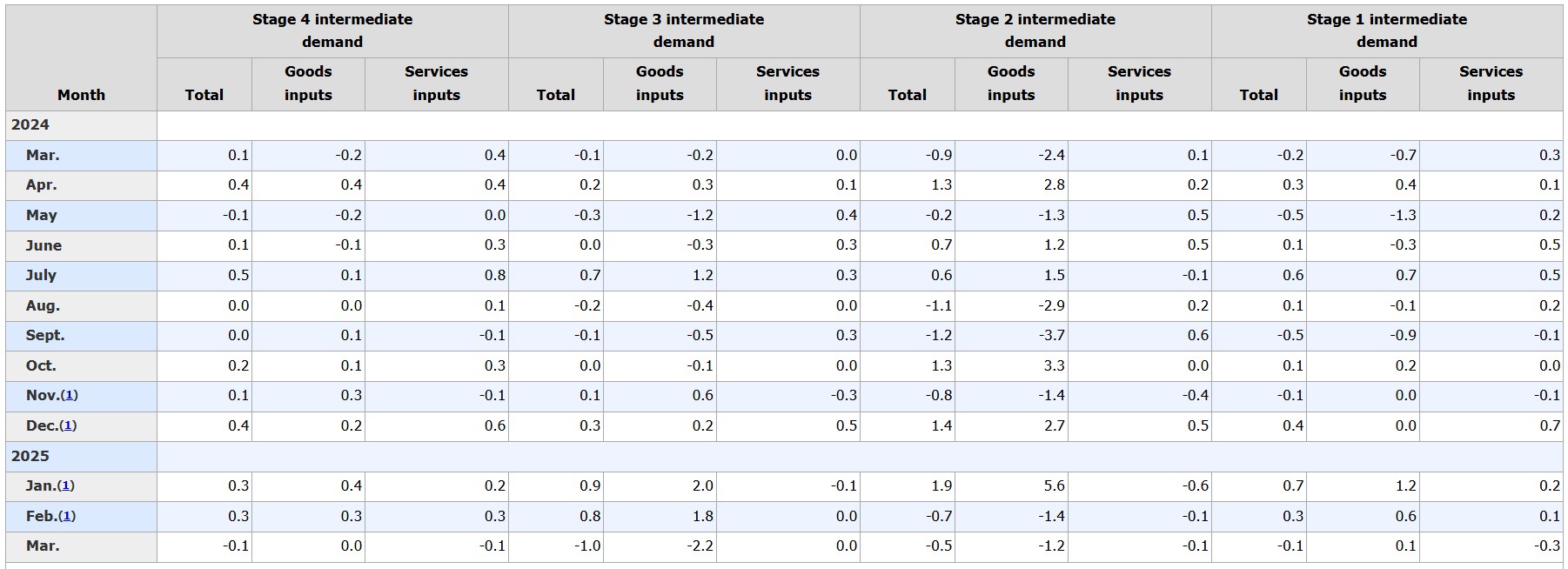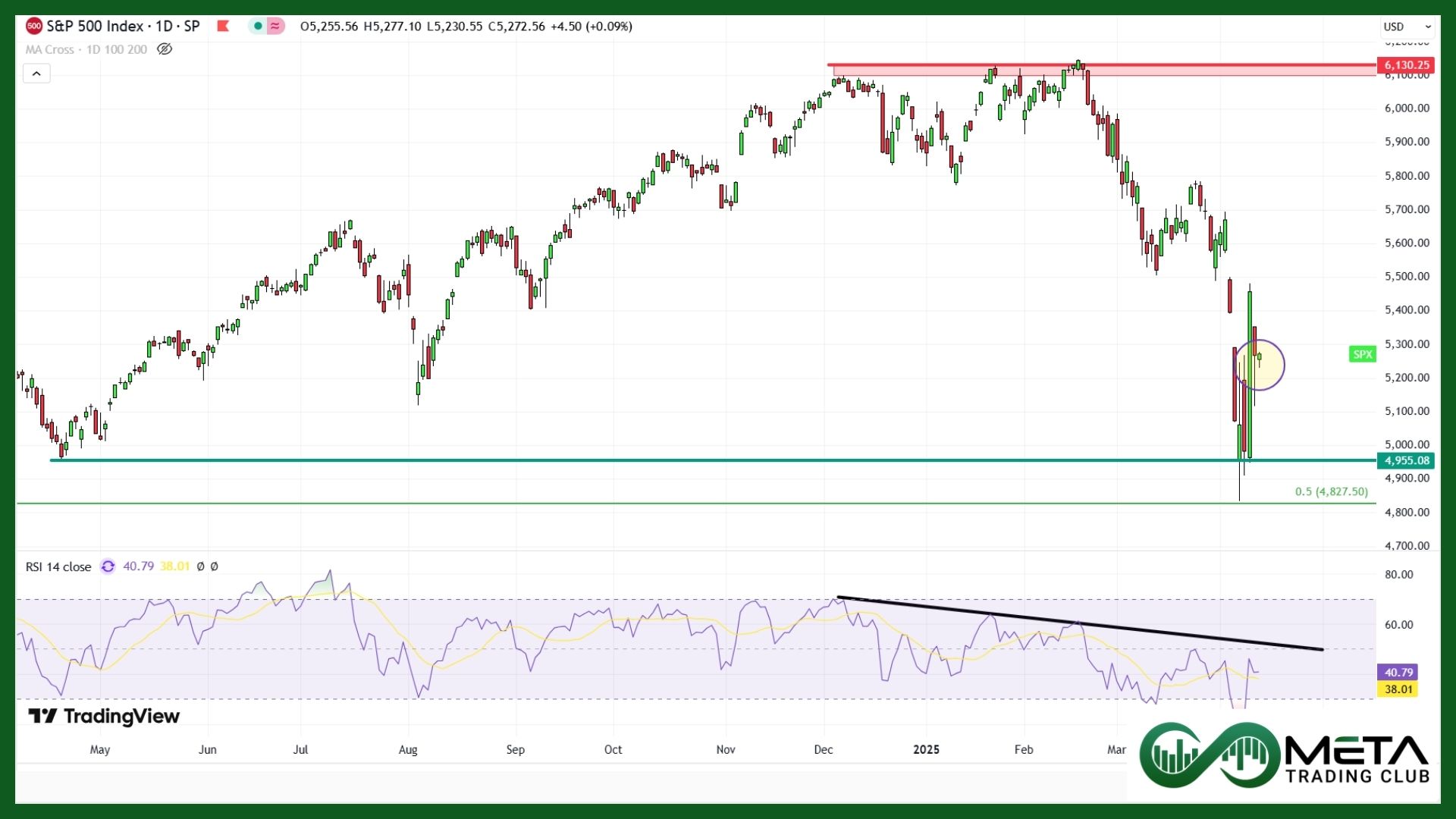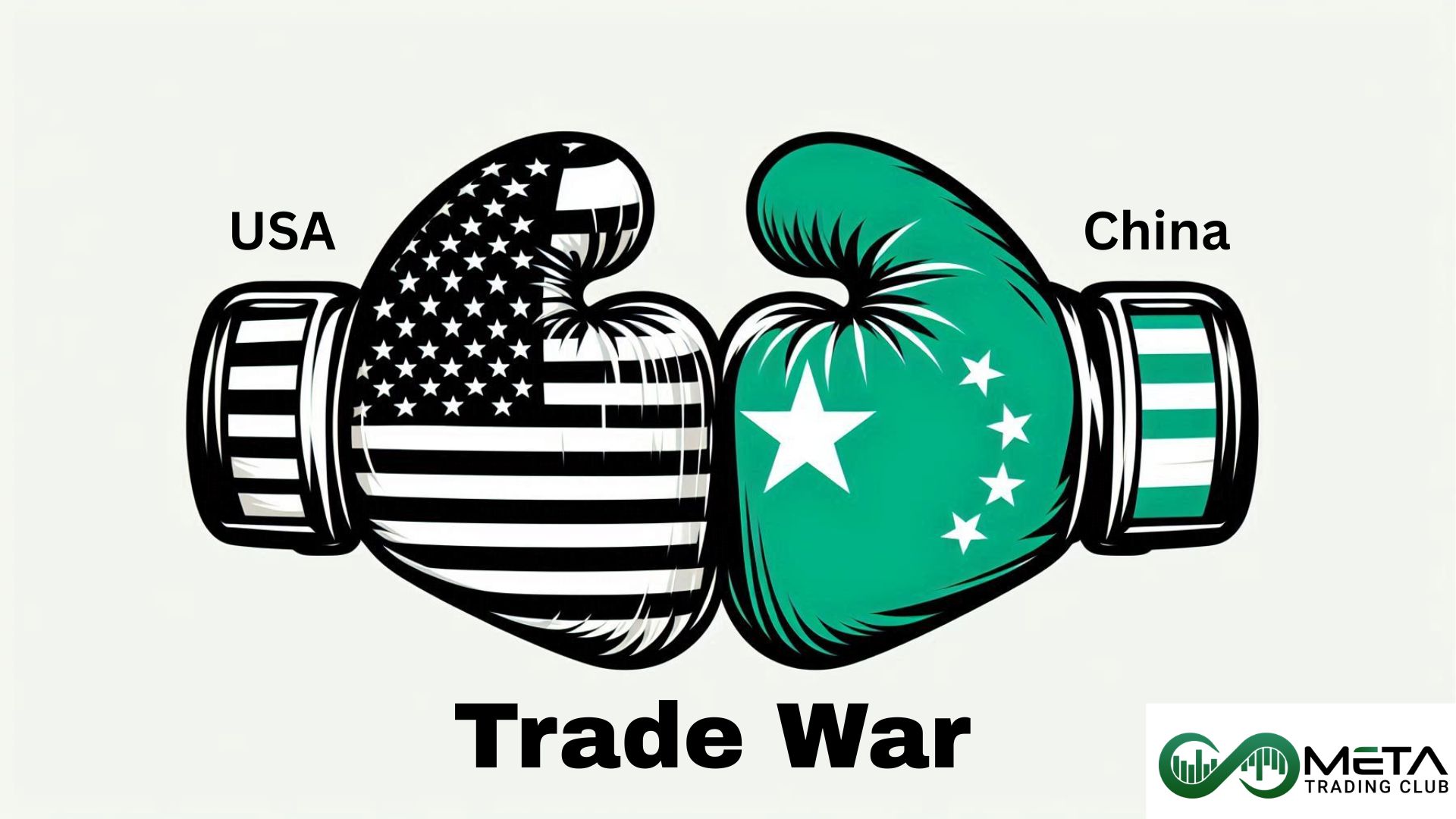The Producer Price Index (PPI) measures the average change over time in the prices that domestic producers receive for their goods and services. Also, it’s a key indicator of inflation at the wholesale level, reflecting price changes from the perspective of the seller rather than the consumer.
The Bureau of Labor Statistics (BLS) releases the Producer Price Index (PPI) report monthly, providing crucial insights into the average change over time in the selling prices received by domestic producers for their goods and services. The report is typically released around the 12th of each month at 8:30 AM Eastern Time. It includes data on various industry classifications, commodity classifications, and the Final Demand-Intermediate Demand system. These offer a comprehensive view of price changes across different sectors. This data is essential for economists, policymakers, and businesses to understand inflationary trends and make informed decisions.
March Producer Price Index
The U.S. Bureau of Labor Statistics reported a 0.4% decrease in the Producer Price Index (PPI) for final demand in March, seasonally adjusted. This follows a 0.1% increase in February and a 0.6% rise in January. On an unadjusted basis, the PPI for final demand rose 2.7% over the past 12 months.
Key Highlights:
- Final Demand Goods: Prices declined 0.9% in March, the largest drop since October 2023. This was mainly due to a 4% drop in energy prices, including an 11.1% decline in gasoline prices. Prices for foods fell 2.1%, while goods excluding foods and energy rose 0.3%.
- Final Demand Services: Prices fell 0.2% in March, driven by a 0.7% decline in trade service margins and a 0.6% decrease in transportation and warehousing services. Services excluding trade, transportation, and warehousing edged up 0.1%.
- Core PPI: Excluding food, energy, and trade services, prices increased 0.1% in March, following three months of 0.4% gains. Over the past year, core PPI rose 3.4%.
Product Details:
- Significant price decreases were seen in gasoline, chicken eggs, beef, vegetables, and fuels like diesel and jet fuel.
- On the other hand, prices rose for steel mill products, residential electric power, and processed young chickens.
- Within services, declines were observed in machinery and vehicle wholesaling, airline passenger services, and food retailing, while legal services and chemical wholesaling saw price increases.
Commodity Type Highlights
- Processed Goods: Prices remained flat in March after a 0.4% rise in February. An increase in processed materials offset declines in processed energy and processed foods.
- Unprocessed Goods: Prices fell 4.1%, marking the largest drop since May 2023. Foodstuffs and energy materials drove the decline, though nonfood materials rose slightly.
- Services: Prices edged down 0.1%, with decreases in loan services, retail property rents, and airline passenger services.
The report reflects widespread price declines in March, with notable drops in energy and food-related goods, though some stability was observed in nonfood materials and selective services.
Source: U.S. Bureau of Labor Statistics
Impacts of March PPI Data on Market
The March Producer Price Index (PPI) data, which showed a 0.4% decline in final demand prices, had several market implications. The cooling PPI suggests easing inflationary pressures, which could influence the Federal Reserve’s monetary policy decisions.
Also, significant drops in energy prices, including an 11.1% decline in gasoline, contributed to the PPI decrease. This could lead to lower costs for businesses and potentially benefit consumers.The unexpected decline in PPI may boost investor confidence, as it signals a potential slowdown in inflation.
However, China’s tariff hike to 125% on U.S. goods has escalated the trade war, increased uncertainty and causing potential stock price fluctuations. Industries like agriculture, manufacturing, and technology may face challenges due to reduced exports. Meanwhile, investors might favor safer assets, such as gold or government bonds, benefiting from the shift away from riskier stocks.














